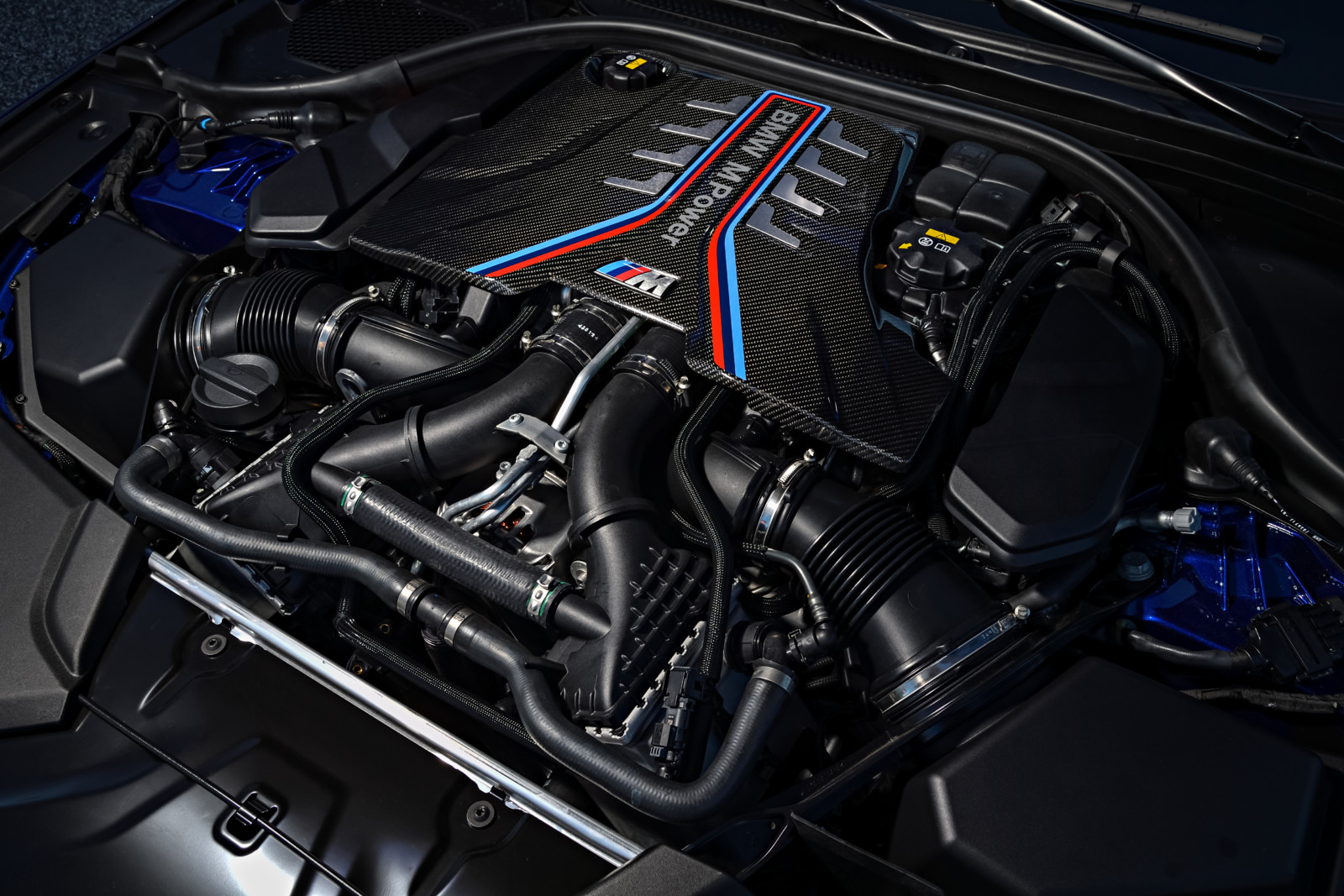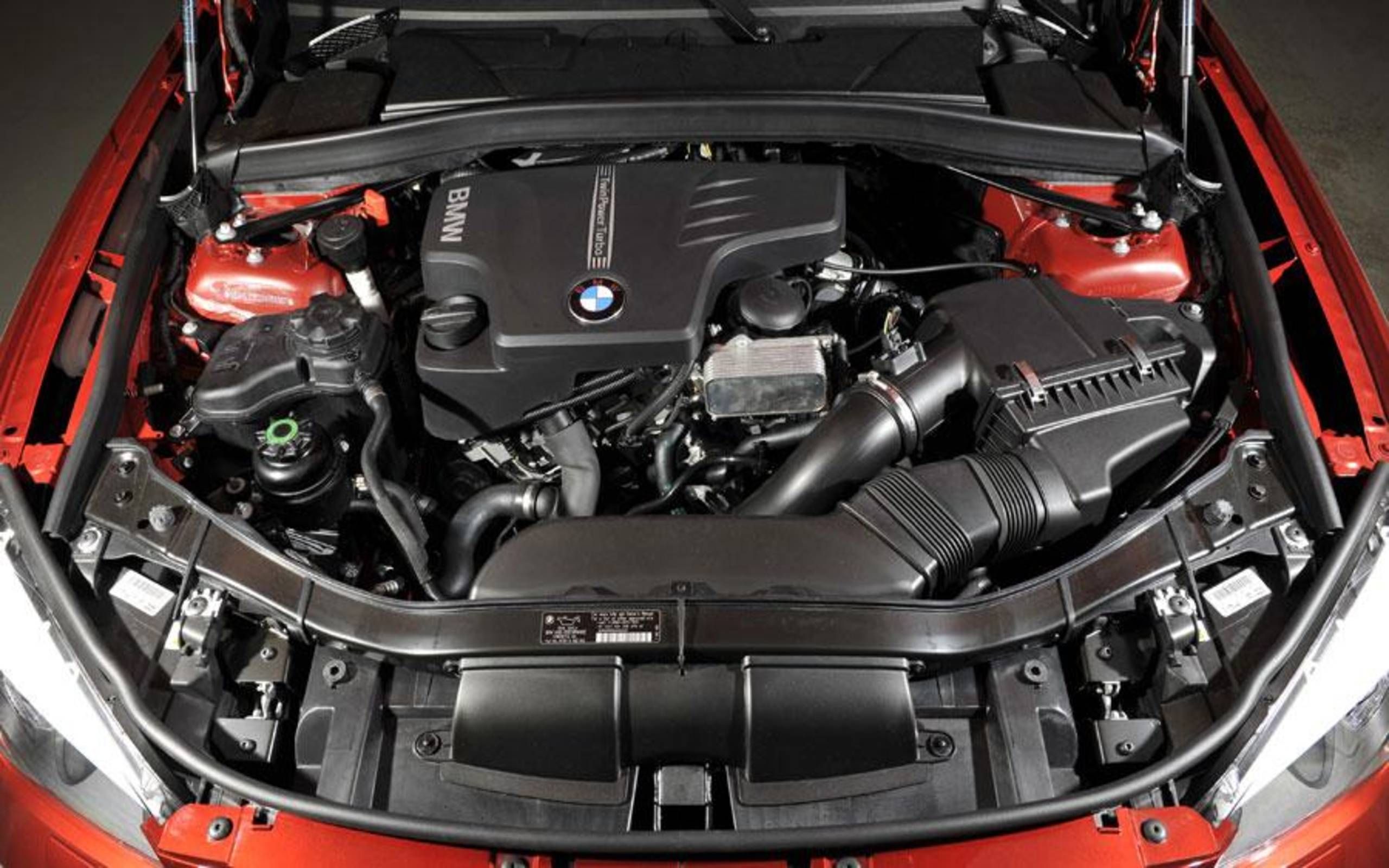Exploring the Evolution of Combustion Engines in Modern Transportation Systems
As we navigate the landscape of contemporary transportation, the advancement of burning engines stands as a testimony to human ingenuity and engineering prowess. From their humble beginnings to the sophisticated powerhouses pushing automobiles today, burning engines have actually undertaken an amazing journey of advancement and adjustment. Comprehending the ins and outs of this development not just clarifies the past however additionally leads the way for visualizing what lies ahead in the world of transport modern technology. The interaction of history, technology, and environmental concerns in shaping the trajectory of combustion engines develops a story that is both insightful and compelling.
Very Early Beginnings of Combustion Engines
Exactly how did the principle of combustion engines initial emerge in the very early phases of transportation growth? The roots of combustion engines can be mapped back to the 17th century when the principles of inner combustion were initial explored.
The development minute included the development of the first successful gasoline-powered engine by Karl Benz in 1885 - bmw engine. This engine led the means for the development of the contemporary car, revolutionizing transportation systems worldwide. Subsequent innovations by Nikolaus Otto and Gottlieb Daimler even more fine-tuned burning engine modern technology, leading to the mass production of cars and the quick development of the transportation industry
These early combustion engines were characterized by their simplicity and efficiency, laying the foundation for the complex and effective engines made use of in modern transport systems. The advancement of burning engines has actually contributed fit the method we travel and transfer goods, marking a significant landmark in the background of transportation advancement.
Transition to Internal Burning Innovation
The transition to internal burning modern technology marked a critical shift in the advancement of transportation systems. This shift started in the late 19th century, with innovators like Nikolaus Otto and Gottlieb Daimler establishing the first effective inner combustion engines. These engines revolutionized transport by using a much more powerful and efficient choice to heavy steam engines and electric motors.
Among the essential advantages of interior combustion engines was their capacity to be scaled down to match lorries, causing the development of motorcycles and cars. This shift from bulky, fixed engines to compact, mobile ones led the way for the modern-day transport systems we see today.
The transition to inner combustion modern technology likewise spurred innovations in fuel technology, causing the advancement of gasoline and diesel as key fuel resources for cars. This change not only made transport more obtainable to the masses however additionally laid the foundation for the oil and gas sector to become integral to global economies.
Effect of Combustion Engines on Transport
The adoption of combustion engines in transportation systems militarized a profound change in the efficiency and speed of international movement. Burning engines changed transportation by offering a functional and dependable source of power for different lorries, consisting of vehicles, airplanes, trucks, and ships. This advancement dramatically boosted the ability for goods and people to conform fars away in shorter timespan, resulting in enhanced connectivity between regions and nations.
Furthermore, the widespread use of burning engines has actually had a significant effect on economic advancement. The ability to carry products advice efficiently has stimulated profession and business, enabling services to broaden their markets and reach consumers worldwide. This has facilitated financial development and globalization, as products can now be transported much faster and in bigger amounts than ever previously.
Nevertheless, the environmental influence of burning engines can not be neglected. The combustion of nonrenewable fuel sources has actually caused air pollution and greenhouse gas emissions, adding to environment adjustment and presenting health and wellness risks to populations. bmw engine. Because of this, there is an expanding emphasis on developing alternative propulsion technologies to minimize these adverse impacts and produce a more lasting future for transport
Advancements in Combustion Engine Design
Many improvements in combustion engine design have actually driven the development of transportation systems over the years. One noteworthy innovation is the growth of turbocharged engines, which utilize exhaust gases to drive a turbine that presses incoming air, enabling even more fuel to be scorched, leading to raised power outcome without a substantial boost in engine dimension. In addition, direct injection technology has boosted fuel effectiveness and efficiency by exactly regulating the amount and timing of fuel infused into the burning chamber. Variable valve timing systems have actually also transformed engine layout by optimizing air flow at various engine speeds, improving both power and effectiveness. An additional significant improvement is the integration of lightweight products such as carbon fiber and light weight aluminum alloys, reducing general engine weight and boosting car fuel economic situation. Additionally, innovations in computer-aided design have allowed designers to maximize engine performance and effectiveness with simulations prior to physical prototypes are built, saving time and resources in like it the growth process. These developments collectively add to the continual improvement of burning engines in modern-day transport systems.
Future Fads in Combustion Engine Development
With technology improvements driving continuous technology, the future of combustion engine advancement is poised to reinvent transportation systems around the world. One of the crucial trends in combustion engine growth is the press towards better efficiency and minimized exhausts.
One more noticeable trend is the adoption of hybrid modern technologies in combustion engines. Hybrid engines incorporate conventional burning technology with electrical power, supplying improved fuel performance and reduced emissions. As the vehicle sector shifts towards electrification, crossbreed combustion engines are viewed as a transitional option that links the gap between standard vehicles and completely electrical ones.
Moreover, the integration of wise technologies, such as man-made knowledge and data analytics, is expected to play a significant function in the future of burning engine growth. These technologies can optimize engine performance in real-time, causing extra effective burning procedures and boosted total lorry efficiency. Embracing these future trends will not only drive innovation in combustion engine development but likewise add to a much more lasting and eco-friendly transport environment.

Verdict
In conclusion, the evolution of combustion engines in contemporary transportation systems has been marked by considerable innovations in innovation and design. From the very early starts of combustion engines to the change to interior combustion modern technology, these engines have had an extensive influence on transport. Developments in burning engine style proceed to drive progress in this field, with future fads concentrating on additional enhancing efficiency and decreasing emissions. The future of burning engines in transport looks appealing as r & d initiatives continue to push borders.
The roots of burning engines can be traced back to the look here 17th century when the concepts of interior combustion were initial checked out. These engines revolutionized transport by providing an extra effective and effective choice to heavy steam engines and electric motors.
